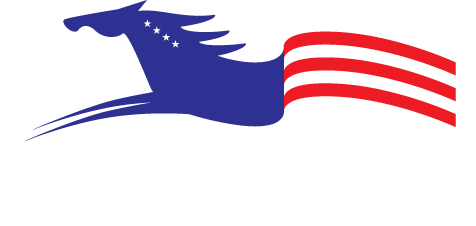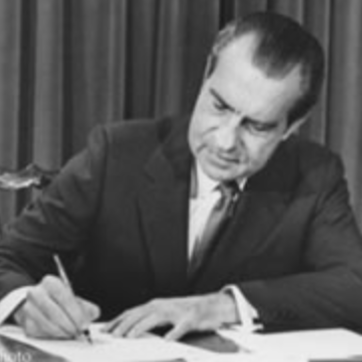The history of the mustang
The mustang is a free-roaming horse of the American west that first descended from horses brought to the Americas by the Spanish. Mustangs are often referred to as wild horses, but because they are descended from once-domesticated horses, they are properly defined as feral horses. The original mustangs were Colonial Spanish horses, but many other breeds and types of horses contributed to the modern mustang, resulting in varying phenotypes. Most contain a greater genetic mixture of ranch stock and more recent breed releases, while a few are relatively unchanged from the original Iberian stock, most strongly represented in the most isolated populations.
pre-history – The Equid
The evolution of the horse occurred over a period of 50 million years, transforming the small,
dog-sized, forest-dwelling Eohippus into the modern horse. Paleozoologists have been able to piece together a more complete outline of the evolutionary lineage of the modern horse than of any other animal.
1500-1880 - arrive in america
Equids come over with European Explorers, escaped and spread northwest across the North American continent. The habitat gradually shrank as settlement increased. Herd size was controlled by ranchers and mustangers who hunted the horses or gathered them for sale.
1800s - westward expansion
Horses did not come to the Great Basin areas until homesteaders ranchers and prospectors began settling there in the middle to late 1800’s. They brought with them draft, carriage and saddle horses including many horses of Spanish ancestry purchased from Mexican breeding farms.
1900s - Mustanging
During the 20th Century, the keeping of house pets become more and more prevalent. House pets needed food and the dog food industry, which began in the 1930’s, found a ready source of meat in America’s wild horses. In the post-war years there was a growing movement of people who were concerned about the cruelty involved in the pet food industry’s capturing and butchering of wild horses as well as concern that they might be eliminated forever.
1959 - wild horse annie act
In 1959, Congress passed the “Wild Horse Annie Act” (PL86-234) to provide for the humane treatment of wild horses on federal lands. Velma Johnston, aka “Wild Horse Annie” is the iconic figure associated with the movement, but in no way acted alone. Hundreds, even thousands of citizens across the country, were active in wild horse advocacy. Some of them just as influential as Annie.
1971 - wild free-roaming horses and burros act
The National Adopt-A-Horse and Burro Program was initiated by the BLM. Congress amends the 1971 Act to allow gathers by helicopters. The horses and burros available for adoption come from overpopulated Herd Management Areas where vegetation and water could become scarce if too many animals, including wildlife and livestock, use the area.
1988 - first short-term & long-term pastures
Off the range, there are nearly 42,000 removed wild horses and burros that are fed and cared for at short-term and long-term holding facilities. Currently animals placed in long-term holding live out the rest of their lives there which can be from 10 to 25 years depending the age at which they were gathered.
2001 - mustang heritage foundation established
The Mustang Heritage Foundation was established to facilitate successful adoptions for America’s excess mustangs. Since 2007, the Mustang Heritage Foundation has placed nearly 10,000 BLM held mustangs into private care through training and gentling programs.
2009 - caring for america’s wild horses
In October 2009, the Secretary of the Interior announced a national initiative to create a cost-efficient and sustainable Wild Horse and Burro Program. The goal of the initiatives was to reduce the number of unadopted wild horses and burros in short-term corrals and long-term pastures, reduce the costs to the American taxpayer for their care and conserve, protect and manage the iconic animals in the West for future generations to enjoy.









